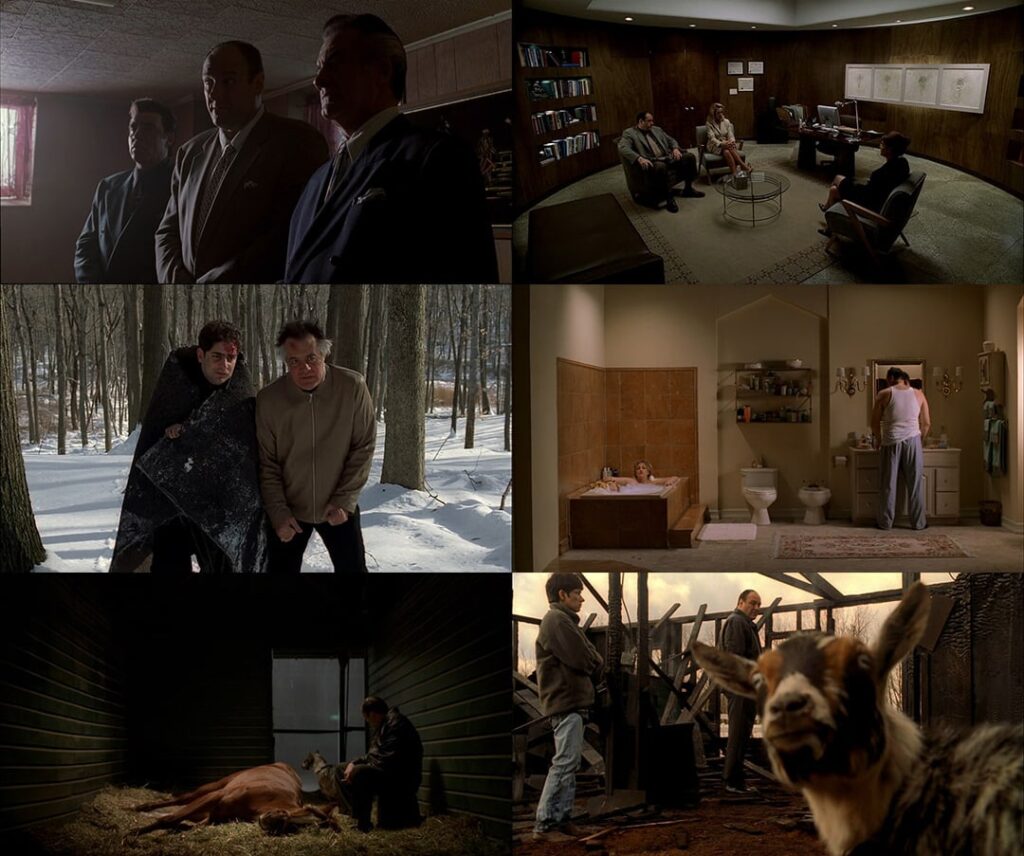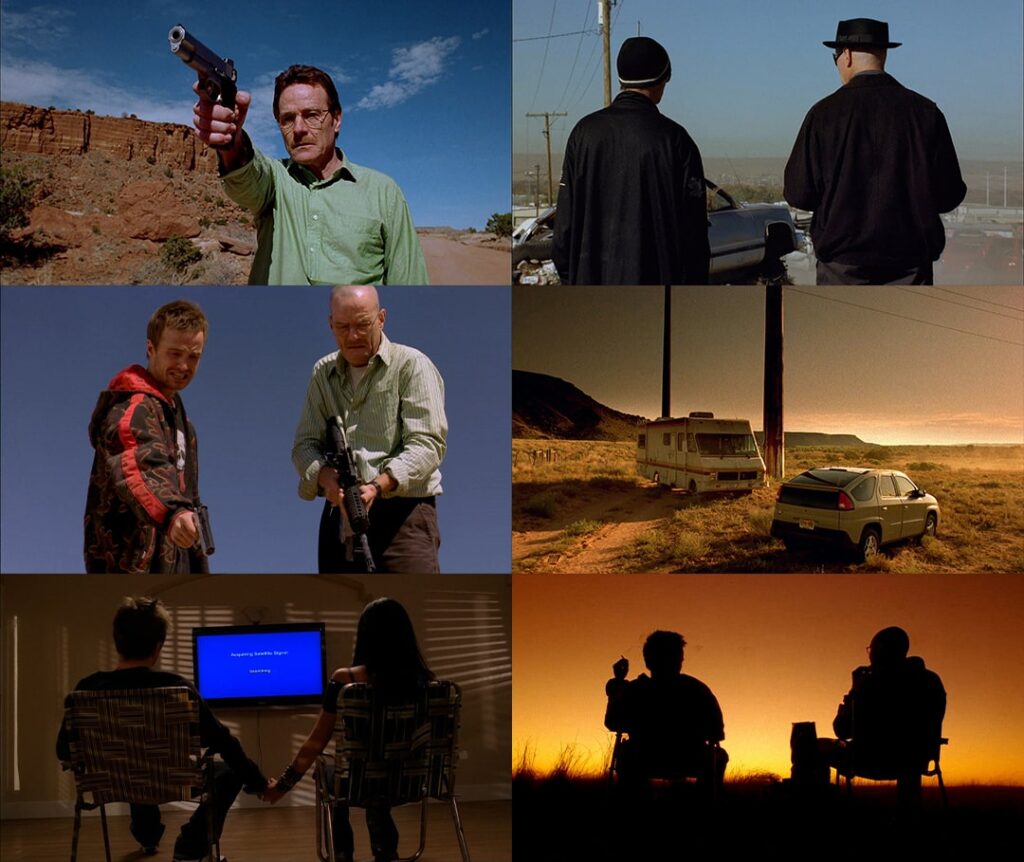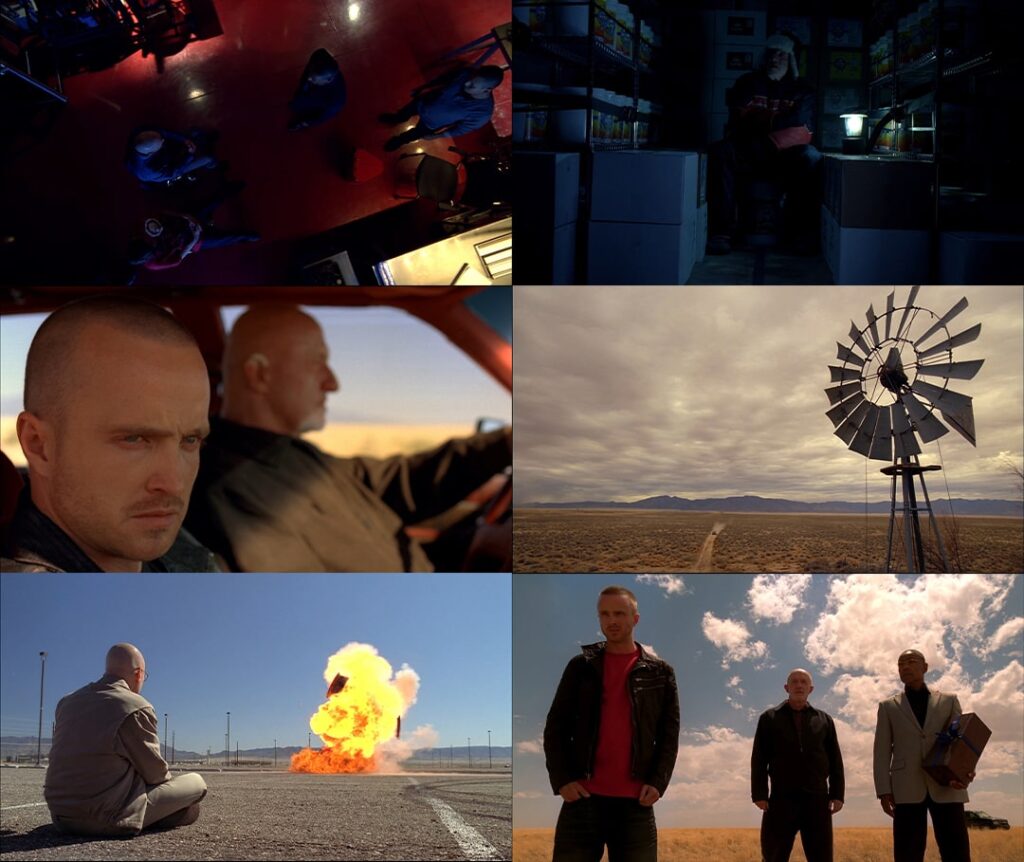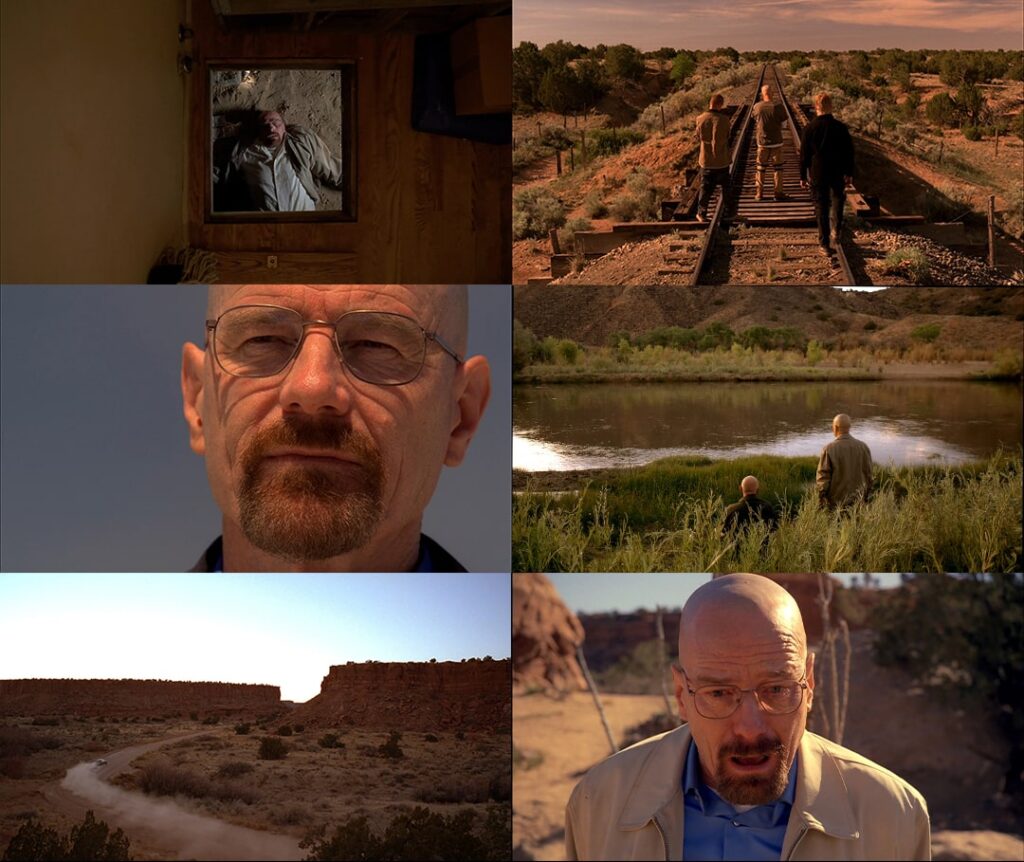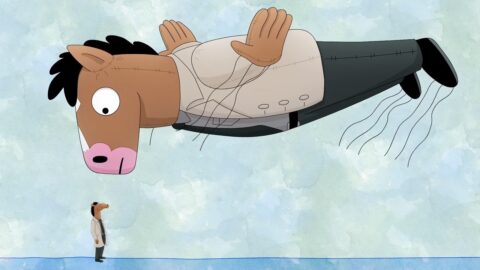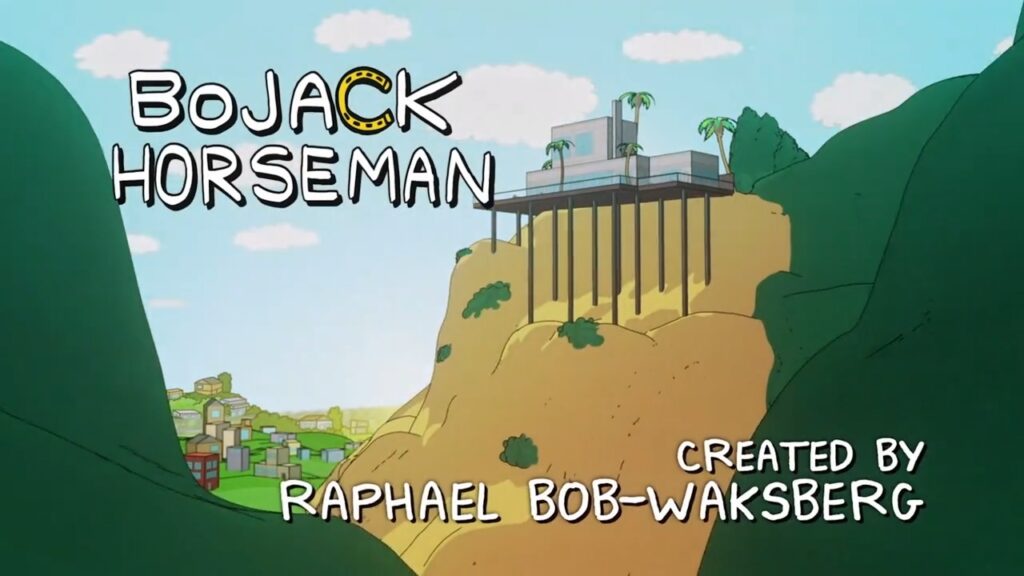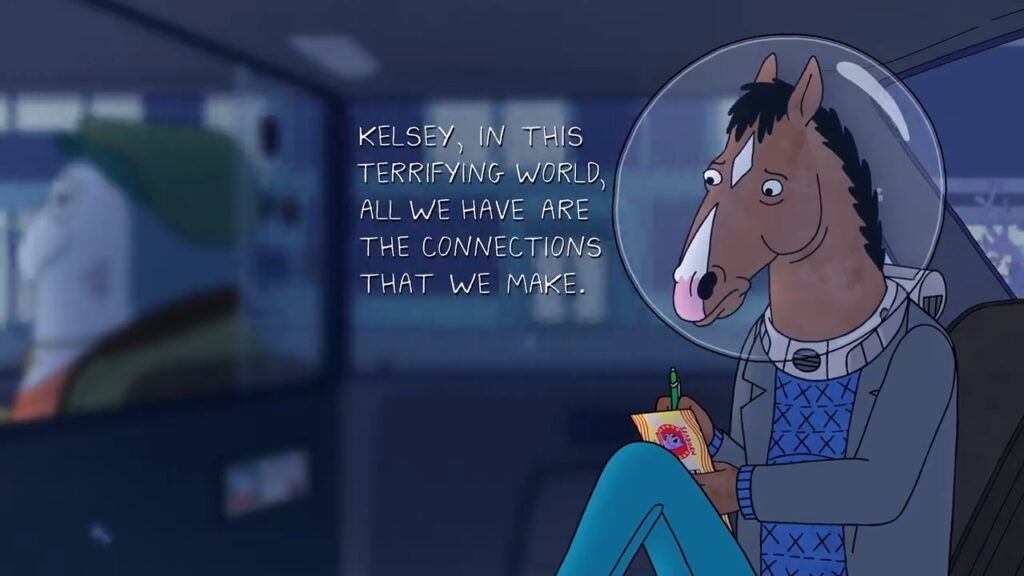The 90s spawned a series of shows and movies that would become the defining trademark of that decade. Undoubtedly, one of the most prominent of these shows is Seinfeld, the sitcom created by Larry David, and the person our titular protagonist is based on, Jerry Seinfeld. Often described as “the show about nothing”, Seinfeld depicts stand-up comedian Jerry Seinfeld and his three friends George, Elaine and Kramer, as they deal with the inconveniences and struggles of their daily life in Manhattan, New York. Seinfeld is known to be among the best sitcoms ever made, and its massive cultural impact has left a significant mark in the history of television.

Seinfeld follows the traditional 22-minute sitcom format, where each episode a new issue is introduced that has to be dealt with, and by the end of the episode a conclusion is reached and the issue is resolved. However, Seinfeld’s approach to this format feels fresh with each episode. Since the show has four main characters, the majority of the episodes follow a structure where each character has their own separate storyline. What makes Seinfeld’s humor work so well is the way the storylines intertwine together, and how a series of coincidences leads to a series of hilarious situations. The season 5 episode titled “The Marine Biologist” is a perfect example of this, where (without spoiling too much) one of Kramer’s usual shenanigans coincidentally connects with the end of George’s story arch, and the final few moments of the episode where the culmination of both these storylines is reached is among the most iconic parts of the series, and it makes the episode one of the most memorable of the entire show.

An important factor in Seinfeld’s success is its unique set of main characters. Unlike many sitcoms, the ensemble cast of Seinfeld consists of a set of deeply flawed people with a significant lack of moral principles. Throughout the 9 seasons of the show, these people experience absolutely no growth or development, and remain the same self-absorbed, arrogant individuals that we met on the very first season. By keeping its focus on comedy, Seinfeld avoids the trend of creating forced and sappy emotional storylines that many sitcoms follow. Larry David and Jerry Seinfeld developed a “no hugging, no learning” rule while writing the show, thus making Seinfeld feel fresh and different from the countless sitcoms out there.
The plot of Seinfeld itself is never anything mind-blowing. Usually the episodes are either about relationship issues or everyday inconveniences the four characters have to deal with, many of which are based on Larry David’s and Jerry Seinfeld’s real-life experiences. What makes this seemingly mundane premise work is the execution. Each actor gives their character a unique personality; for instance, Michael Richards’ performance as Kramer with its brilliant physical comedy, or Jason Alexander’s subtle details in his facial expressions and line deliveries as George. Filled with iconic quotes and lines, Seinfeld is immensely quotable, and to this day many catchphrases from the show are used in popular culture.
Seinfeld’s key to success was its focus on ordinary, relatable situations we’ve all been in. Waiting for hours for a table at a restaurant, forgetting where you parked your car, experiencing “shrinkage”, and so on. According to its creators, the show was supposed to be about where a comedian gets his material. Essentially, each episode is a stand-up routine packed into the form of a television sitcom. The four main characters make us laugh, and we make fun of them as they make everything worse for themselves, but in reality, all of us have a part of each of them within us. George’s compulsive need of approval, Elaine’s superficiality and selfishness, Kramer’s aimless wandering in life, and Jerry’s indifference towards everything and everyone around him. We are all, to different extents, the same as these people, and we just hate to admit it.






